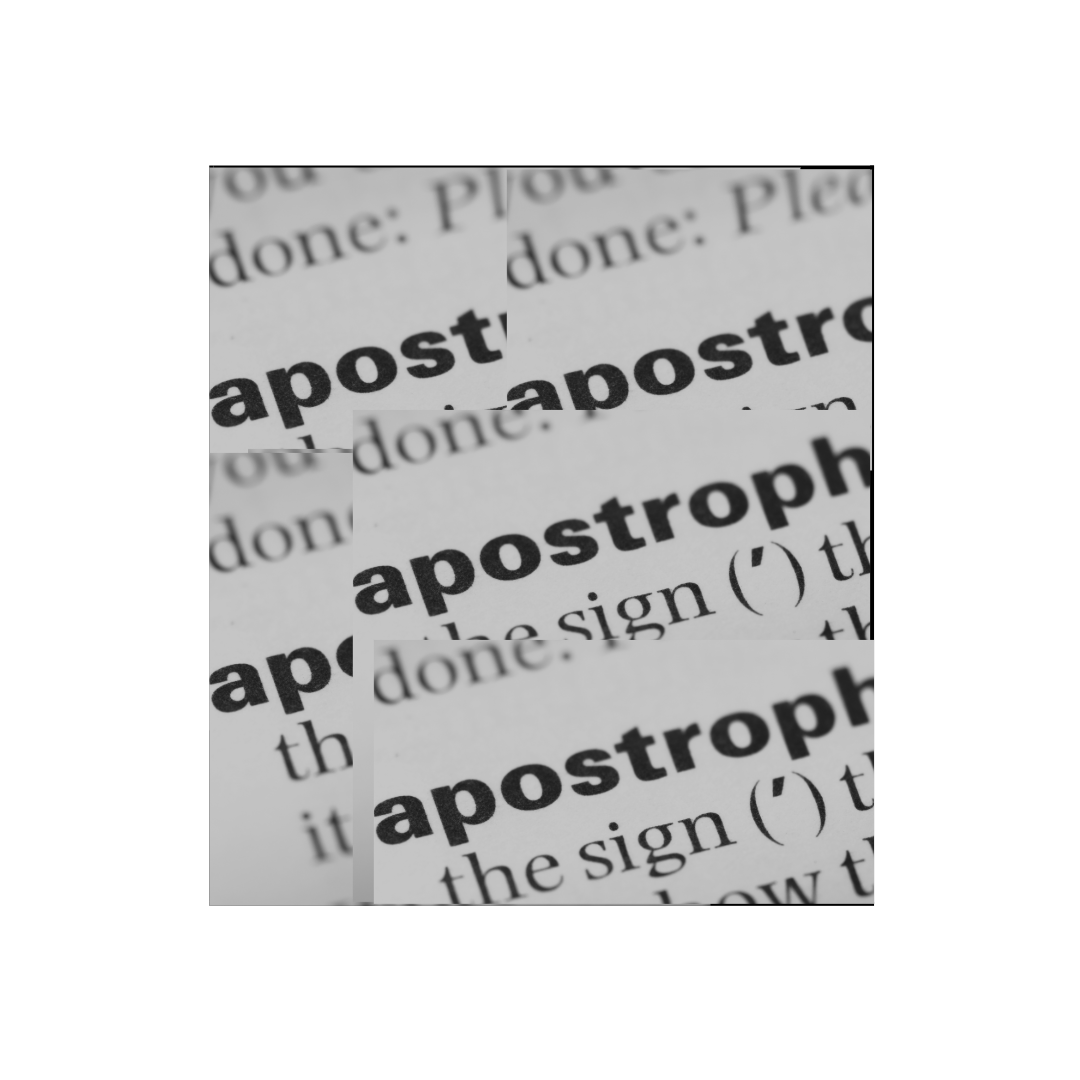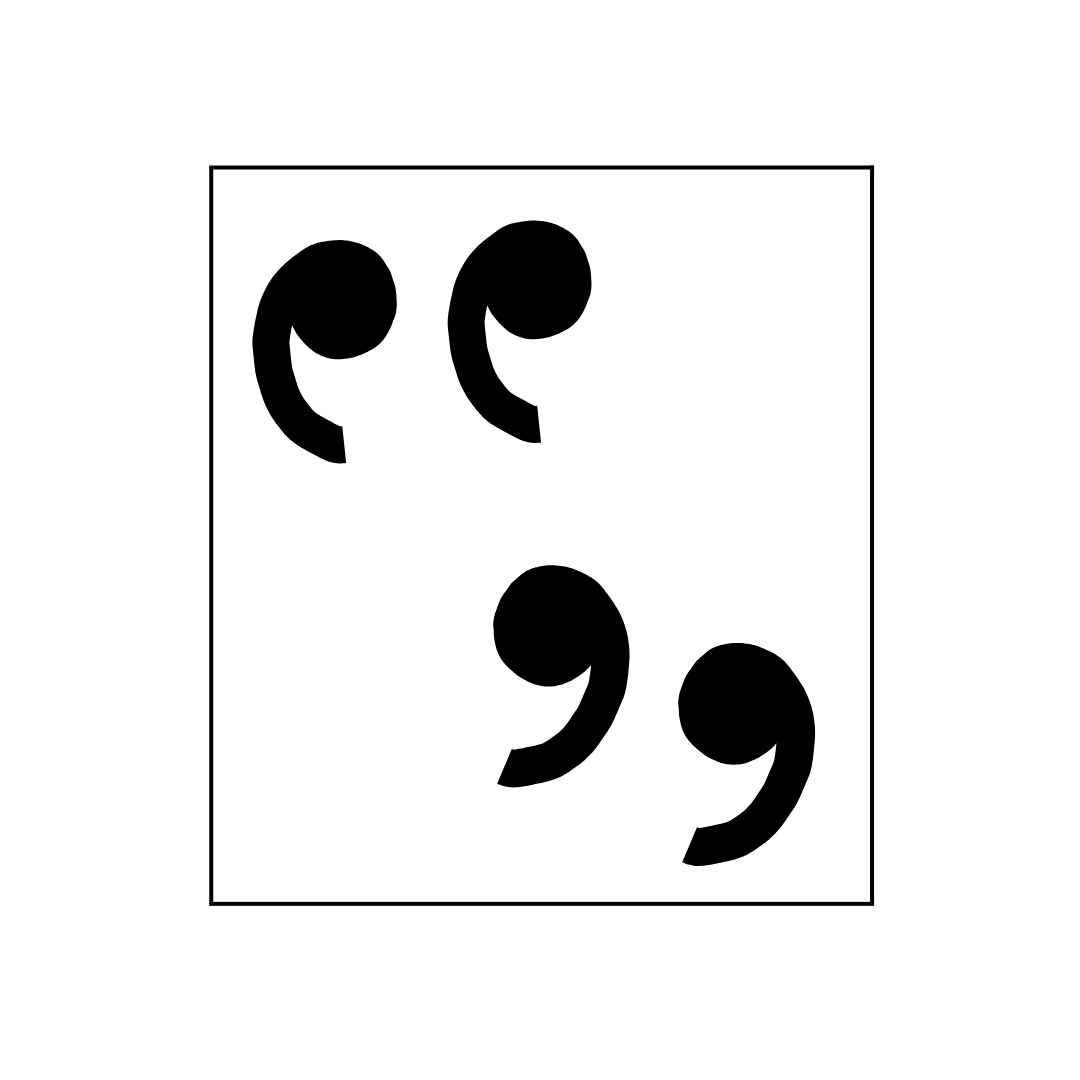Apostrophe
Apostrophe
There are two broad rules that govern apostrophe usage: contractions and possessive nouns.
contractions
Apostrophes for contractions are the most common usage of the apostrophe, and very straightforward. They signal omitted letters that combine two words into one.
Don’t: Do not
Hasn’t: Has not
She’ll: She will
He’s: He has/is
Single-word contractions, however, do not use an apostrophe.
Mr: Mister
Ltd: Limited
Fig: Figure
Note: Australian grammar does not use a full stop after a single-word contraction.
possesive nouns
A possessive noun signals that one noun is possessed by another.
Anna’s horse: the horse belonging to Anna
Richard’s wallet: the wallet belonging to Richard
The song’s tempo: the tempo at which the song plays
The exception is possessive pronouns, which never use an apostrophe.
His
Hers
Theirs
Yours
When a noun is possessed by a plural noun the apostrophe is placed after the plural ‘-s’.
The horse’s hay: the hay that belongs to the one horse
The horses’ hay: the hay that belongs to multiple horses
Note: Be wary of plural nouns that do not end with an ‘-s’, like ‘men’, ‘women’ and ‘children’. Possessives of these words require an apostrophe.
The women’s meeting
The men’s coats
The children’s show
Further, if the possessive noun is made up of two separate nouns, place an apostrophe at the end of the second noun.
Matt and John’s farm
The employee and employer’s quarrel
A plumbers and electricians’ union
Single possessive nouns ending in ‘s’ can cause a lot of confusion when placing an apostrophe.
Is it Thomas’ boat or Thomas’s boat?
Opinions may differ, but generally it is good practice to add an ‘apostrophe -s’ regardless if the extra ‘s’ is pronounced (i.e. Jesus’s disciples).







